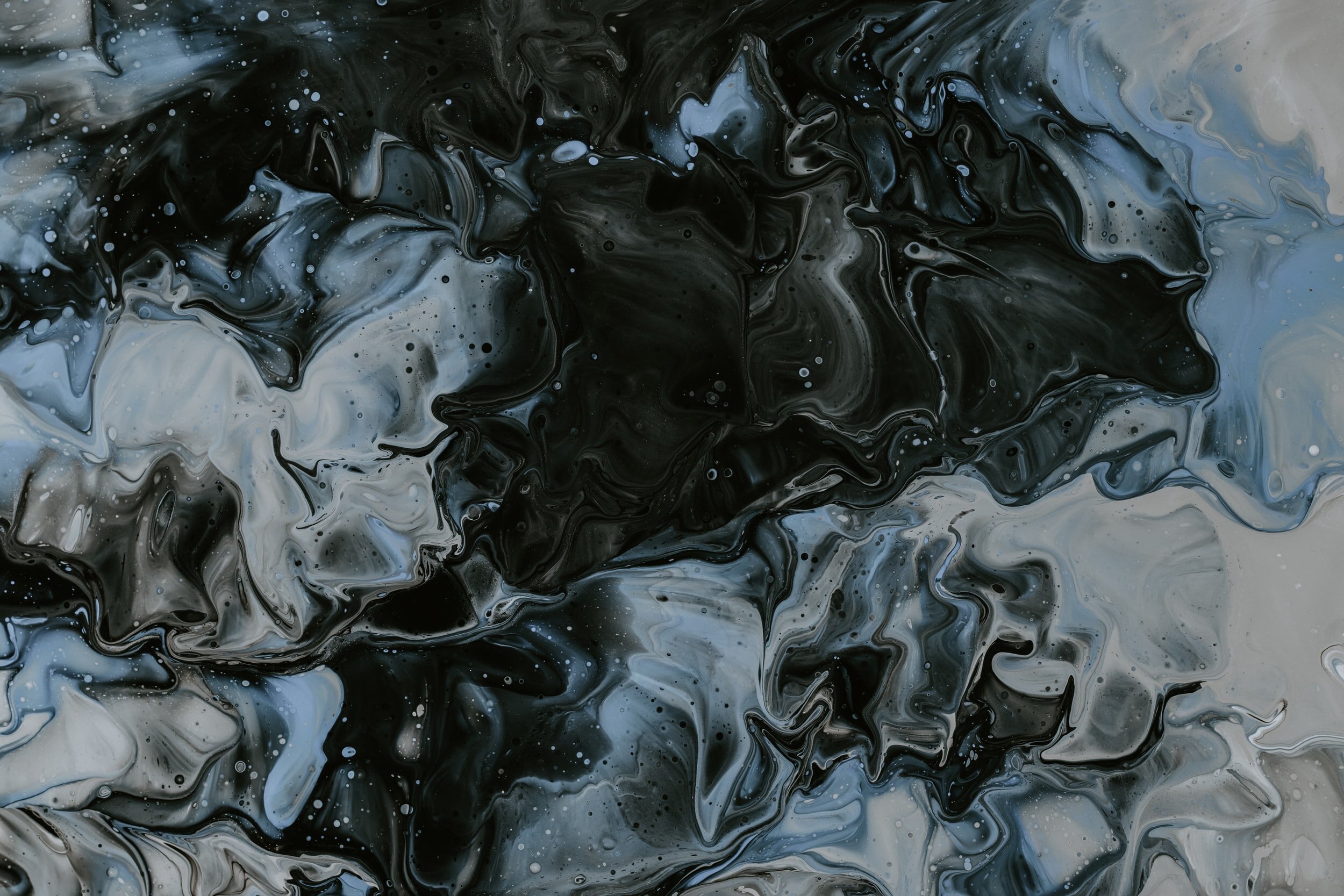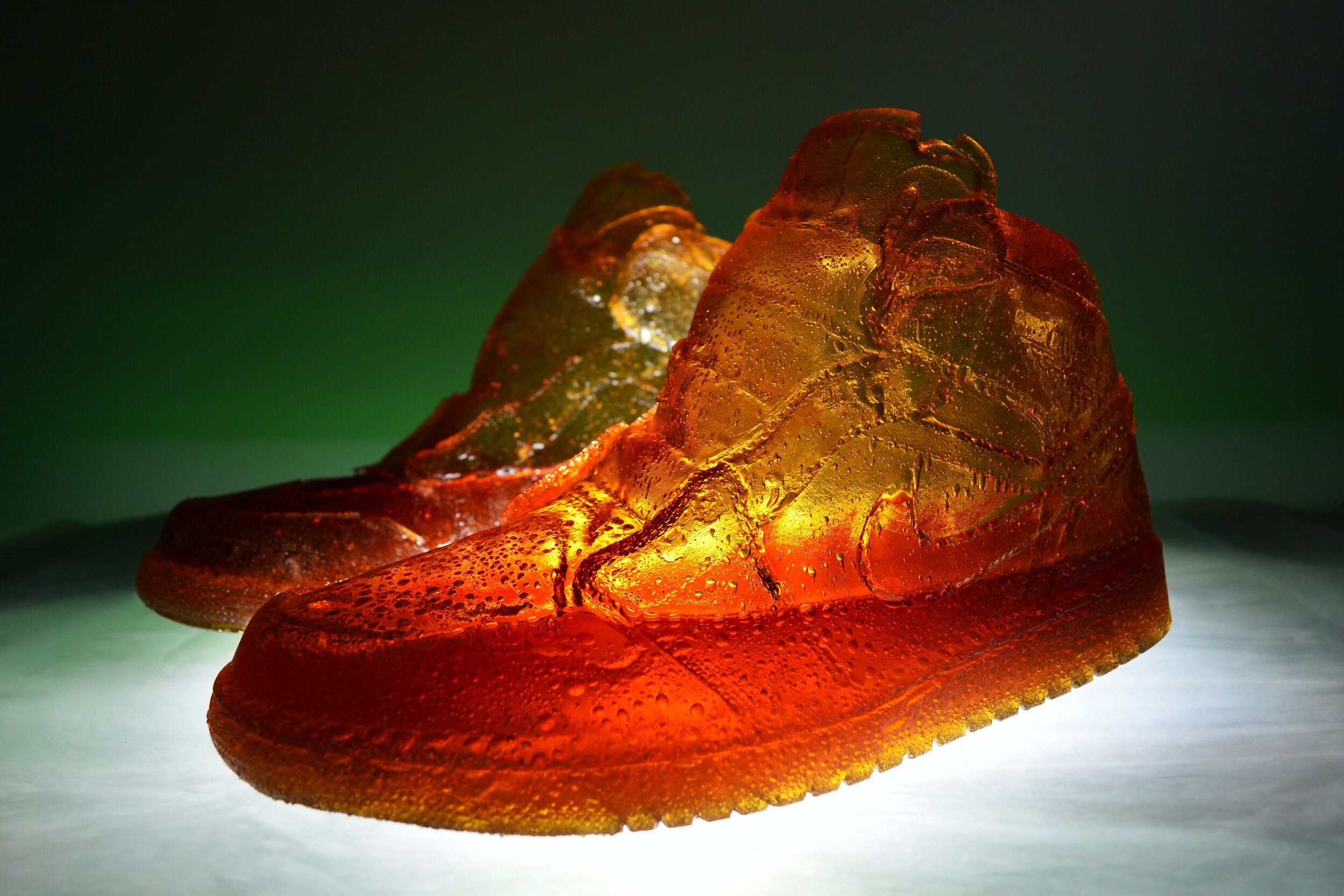Luis Vasquez La Roche
Luis is a visual artist living and working in Couva, Trinidad and Tobago
Since I found the Slave Registry of Trinidad and Tobago, I have taken an interest in archival documents and images that relate to the Transatlantic Slave Trade. I became interested in aspects that repeat themselves in varying ways in the present. Aspects such as labour, death, erasure, oppression, violence, and discrimination are profoundly present.
An essential part of the research is an inquiry regarding materials. I employ these materials in my work to articulate aspects of race, identity, culture, politics, and spirituality. Some of my works are installations that require a live component for activation, some works are sculptural, and occasionally these objects become props for a live performance.
“The German word Vergangenheitsbewältigung – the overcoming of the past - entails that wrestling with history is a vital step to move beyond it. Luis Vasquez La Roche undertakes the wrestling role wholly with the symbolic juxtapositions of thoughtfully picked elements and physical sites in which happenings take place.
Their actions, such as in former sugar plantations and Slave Trails, and ephemeral monuments, often employ palm oil, gunpowder, lemon juice and sugar, ingredients strongly connected with the history of the slave trade, highlighting the perpetuated exploration of people of color and their continued manifestation in today's world.
Even though Vasquez La Roche expresses their distrust about the future, they produce wake work that, through grappling with the past, encourages collective reflection, healing and sets in motion ways to move forward. Their contributions are salutary. They must be experienced by many.”
ArtConnect asked the winning artists to share with us a glimpse into their creative life to get a sense of their personal inspiration and artistic process.
What are some of the central themes you pursue in your work?
Aspects such as Capitalism, labour, death, erasure, oppression, violence, and discrimination are profoundly present. One of the reasons most of my work is ephemeral is to adopt an anti-capitalist, anti object stance.
How has your art practice developed over time?
I come from a family that uses their craft, hands or body as a form of income, so making/creating something was not an unusual occurrence. My grandmother and aunt were seamstresses, my uncle was a dancer, other family members dabble in construction.
Luis’s Workspace
What drew you to work with your medium/media of choice?
Research is a big part of my process. Looking/ reading history books and looking at images of present and past events. Talking to family members and remembering personal and family experiences and how all these relate to " the wake". This research usually takes me to work with a specific material. Most of the times I would create objects that would probably need some sort of activation.
“Luis Vasquez La Roche combines palpable and tactile explorations of the material remnants of the trade with raw goods and bodies with contemporary form. Acting as both sensorial objects and as (often dissolving or diminishing) props for site-specific performances and actions – the sculptures, casts, and remodeled items, sensibly utilize various forms of seduction as a means of bringing forward the perpetual advances of colonial governance entangled in structures of contemporary capitalism and consumer culture. The work often demonstrates its own temporality, at the risk of its own oblivion, and can as such be conceived as a form of ruin from the start, suggesting a future history of decay and collapse.”
What are the biggest challenges you’ve faced as an artist?
I think this has changed through time. I could say lack of grants and fellowships for Caribbean artists. The Pandemic as well, especially as an artist that makes objects and performances not having access to my studio due to curfew and lockdown. I know it feels like the world is reopening but the lack of vaccines in the Caribbean region has many countries in 3rd or 4th wave.
Luis Vasquez La Roche in Studio
What does your creative process look like?
To describe this I'm going to quote Christina Sharpe - The “autobiographical example,” says Saidiya Hartman, “is not a personal story that folds onto itself; it’s not about navel gazing, it’s really about trying to look at historical and social process and one’s own formation as a window onto social and historical processes, as an example of them” - Sharpe, Christina. In the Wake (p. 8). Duke University Press. - So looking at my personal experiences and trying to understand the invisible forces of oppression, and trying to understand them in a historical frame.
Describe a typical day in the studio/wherever you make your work.
If I am doing research, probably reading, a lot of sticky notes and highlighters. But If I am casting, I would probably be wearing a full-body plastic coverall and gloves. Mixing and pouring materials and creating different configurations of the same thing. Adding or subtracting materials to see what is that the work needs.
What are you currently working on or what's next?
I plan to continue my research on palm oil and sugar. One of my future projects involves the renovation of a sports community facility, which is on hold at the moment. I have been in the US for a couple of years, so now that I am back in Trinidad I am looking for ways how my practice can also benefit my community.
See more of Luis Vasquez La Roche’s work

Discover Contemporary Art
ArtConnect is the leading destination to discover emerging contemporary artists worldwide.









